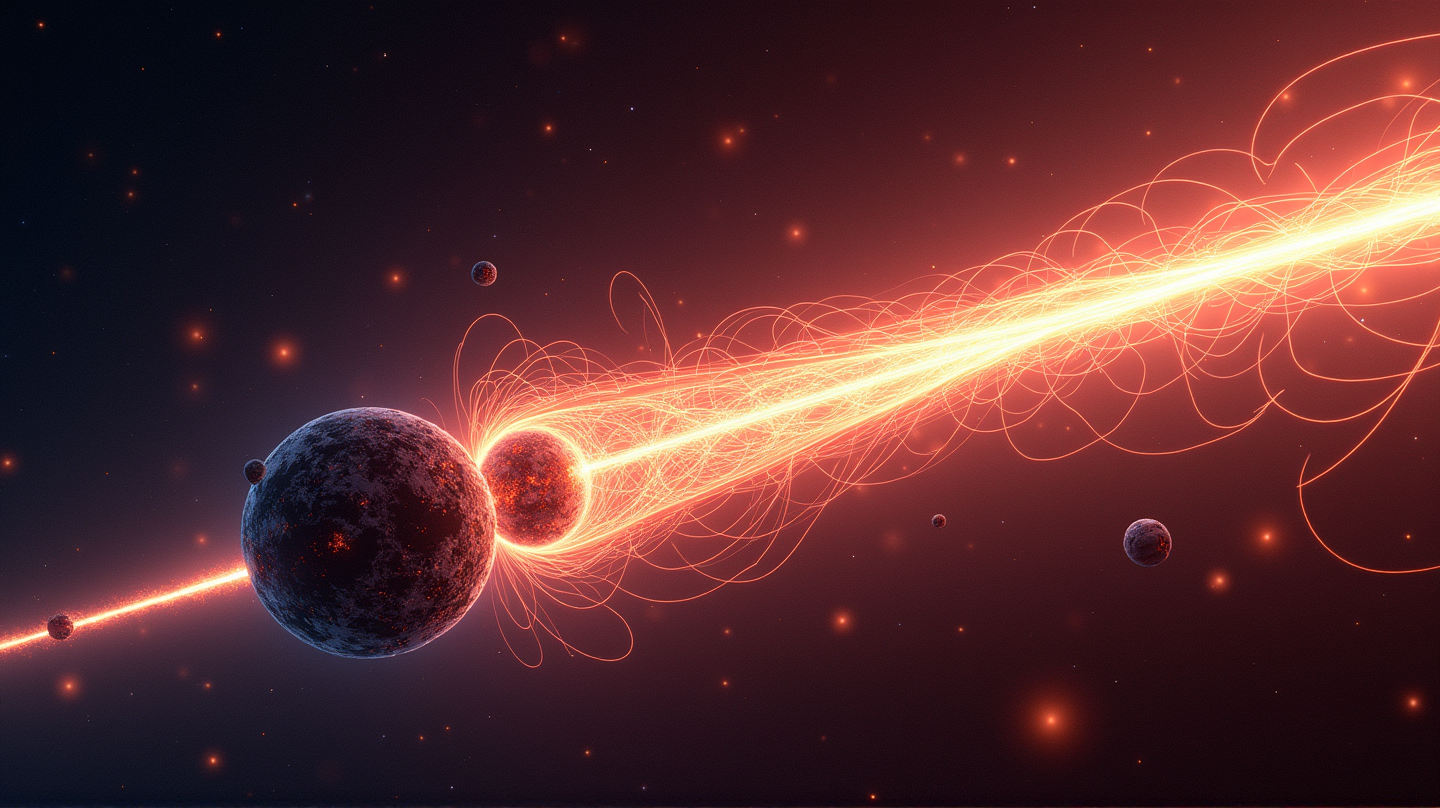NASA’s TRACERS Satellites: Guarding Earth Against the Intensity of Solar Storms
Discover NASA's cutting-edge TRACERS satellites and their role in protecting Earth from disruptive solar storms through advanced research.

In a bold leap into space weather research, NASA is set to launch two innovative satellites with a unique mission: to unveil the intricate dance between solar wind and Earth’s magnetic shield. This groundbreaking initiative, called Tandem Reconnection and Cusp Electrodynamics Reconnaissance Satellites (TRACERS), is poised to enhance our understanding of solar storms and fortify our defenses against their potentially crippling impacts on modern technology. According to The Daily Galaxy, this mission is not just a scientific endeavor; it’s a crucial step towards preserving the integrity of our global infrastructure.
Unraveling the Enigma of Magnetic Reconnection
At the heart of the TRACERS mission lies the enigmatic process of magnetic reconnection, a cosmic ballet where solar wind particles induce sparks within Earth’s magnetic field. These interactions can unleash torrents of energy, giving rise to phenomena like the auroras. However, understanding this process is no simple feat. Traditional space endeavors have offered mere glimpses of these celestial events, but TRACERS promises a comprehensive, real-time exploration.
As David Miles from the University of Iowa, the mission’s lead scientist, eloquently explains, unraveling these interactions is fundamental to forecasting solar weather that threatens both terrestrial and orbital technologies. “What TRACERS is going to study,” he asserts, “is how the output of the sun couples to near-Earth space, altering these relationships over time and space.”
A Pioneering Dual-Satellite Strategy
TRACERS stands apart by embracing a novel twin-satellite approach. While past missions deployed single satellites, TRACERS’ dual spacecraft will fly in tight formation, capturing successive, comparative data points. This pioneering method promises unprecedented accuracy and insights, allowing researchers to trace the evolution of space weather like never before.
Joe Westlake, Director at NASA’s Heliophysics Division, amplifies this vision. “This technology will not only decode solar effects but also shield vital assets—from GPS networks to power grids—from their potential wrath,” he states.
Securing Society’s Critical Systems
The repercussions of severe solar storms on crucial infrastructure are vast—from interrupting communications and navigation to jeopardizing space-borne assets and astronauts in orbit. TRACERS aims to provide precise predictions, minimizing risks and ensuring the resilience of systems that form the backbone of contemporary life.
According to Westlake, “What we learn will be critical for understanding, and eventually predicting, solar impact—not just on our planet, but also on our cosmic neighborhood.” This foresight is paramount in safeguarding both technological infrastructure and human endeavors in space.
Synergies with NASA’s Heliophysics Fleet
The TRACERS mission harmonizes with an array of NASA’s heliophysics operations, including the Magnetospheric Multiscale Mission (MMM) and the Polarimeter to Unify the Corona and Heliosphere (PUNCH). Together, they work as a cohesive unit, pulsating with knowledge-sharing that deepens our grasp of solar phenomena.
As Westlake remarks, “TRACERS joins an elite team of missions—the sentinels of heliophysics—devoted to decoding the complexities of our sun and the galaxy beyond.” This collaboration builds a comprehensive tapestry of understanding, essential for crafting decisive measures against the onslaught of solar storms.
Thus, as TRACERS prepares for its cosmic journey, humanity stands on the precipice of turning the tide against the sun’s wrathful ebbs and flows, ensuring a future where earthbound and orbital technologies thrive undisturbed.

